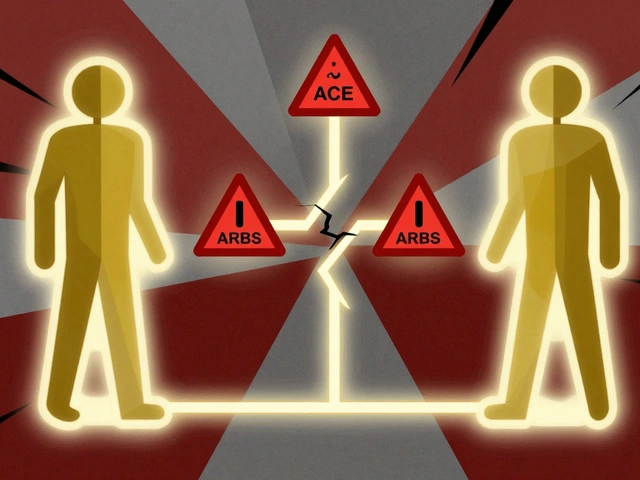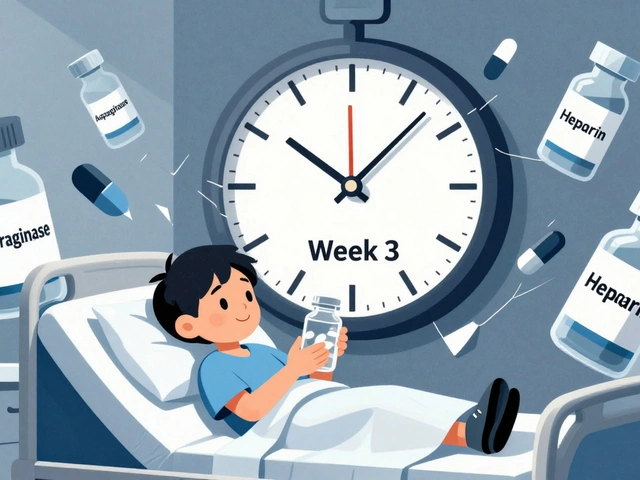Pharmacy Substitution Rules: What You Need to Know About Generic Switches
When your pharmacist hands you a different pill than what your doctor wrote, it’s not a mistake—it’s pharmacy substitution rules, the legal framework allowing pharmacists to swap brand-name drugs with FDA-approved generics. Also known as drug interchangeability, it’s designed to save you money without lowering treatment quality. But not all substitutions are automatic, and not all drugs can be swapped safely. These rules vary by state, by drug class, and even by your insurance plan. What’s allowed for blood pressure meds might be blocked for epilepsy drugs. That’s why knowing your rights matters.
Generic drugs, medications with the same active ingredient, strength, and dosage form as brand-name versions. Also known as therapeutic equivalents, they must meet strict FDA standards to prove they work the same way in your body. But here’s the catch: some drugs have a narrow therapeutic index—meaning even tiny differences in absorption can cause side effects or make the drug ineffective. That’s why drugs like warfarin, levothyroxine, or certain seizure meds often come with special rules. Many states require the prescriber to write "Do Not Substitute" on the prescription if they want the brand. Others let pharmacists switch unless you say no. And some insurance plans force substitution unless you pay extra.
Pharmacy guidelines, the internal rules pharmacists follow when deciding whether to substitute a drug. Also known as formulary policies, they’re shaped by cost, availability, and legal limits. Your pharmacist isn’t guessing—they’re following state laws, federal rules, and their own pharmacy’s protocol. If you get a different pill, ask: "Is this a substitution?" and "Was my doctor okay with it?" You have the right to refuse the switch and ask for the original brand. Some people stick with brand names because they’ve had bad reactions to generics, or because their condition is sensitive. That’s valid. You don’t need a doctor’s note to say no—just ask.
These rules aren’t just paperwork—they affect your health daily. A switch from one generic version of levothyroxine to another has been linked to changes in thyroid levels. A swap in antidepressants might trigger new side effects. And if you’re on multiple meds, a substitution in one could mess with interactions in others. That’s why the pharmacy substitution rules exist: to balance cost savings with safety. But you’re not powerless. You can ask for the original, request a specific generic, or check if your drug is on the FDA’s Orange Book list of interchangeable products. The posts below break down real cases—like how statins and antifungals interact after a switch, or why warfarin genetics make substitution risky. You’ll find practical advice on spotting unsafe swaps, what to ask your pharmacist, and how to protect yourself when your meds change.

Institutional Formularies: How Hospitals and Clinics Control Drug Substitutions
Institutional formularies are hospital and clinic systems that control drug substitutions to improve safety and reduce costs. Learn how they work, who makes the rules, and why they sometimes confuse patients and providers.
read more




